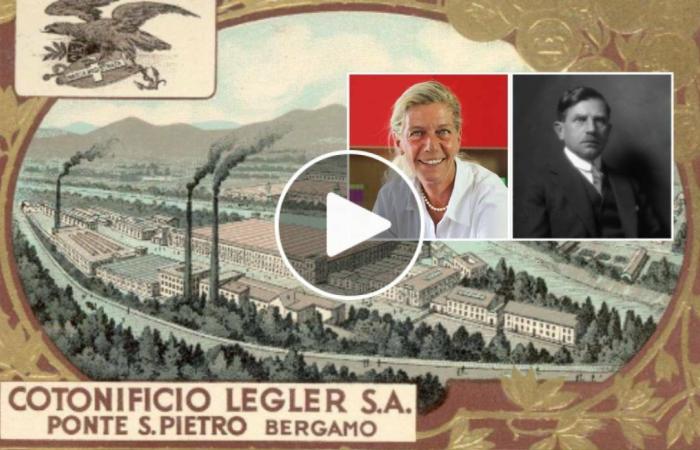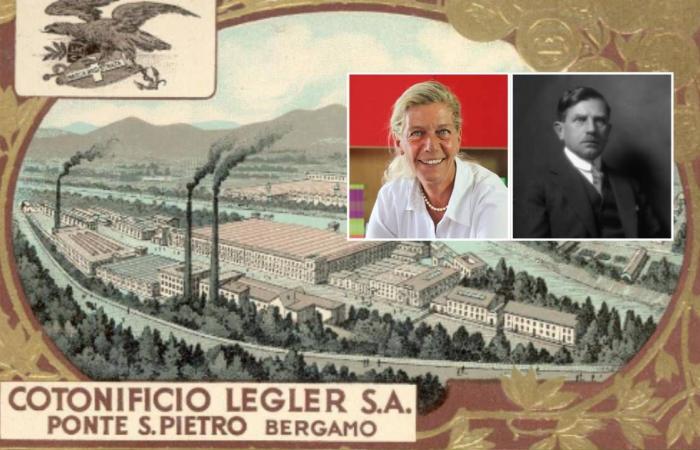Bergamo. An indissoluble bond also strong in geographical proximity makes Italia e Swiss actors of a fruitful economic and cultural exchange. After the verdict of the groups, the Azzurri of Luciano Spalletti will meet the team of in the round of 16 of the European Championship Certain: in the new episode of our column “EuroBg” in which we delve deeper into the Bergamo reality of our adversaries, we focus on the Swiss presence in our province.
I am 118 the Swiss residing in the Bergamo area according to the Population Census al January 1, 2023on data processing State : Of these, 57 they are men and 61 donne. Bergamo it is the center in which the most significant quantity is concentrated, with 34 residents. In the province the Swiss are then distributed (in very low numbers) in every area, from Sant’Omobono Terme (3) a Lovere (1).
An overall number that has been constantly decreasing in recent years, perhaps a sign of a loss of attractiveness of our territory towards them: in 2018 the Swiss were in fact 148, 30 more than today. Data in contrast with the enormous number of Italians (and Bergamaschi) who, starting from second after warthey emigrated to the various Swiss cantons in search of employment.
That of the Twentieth century It was the second wave of emigration towards the Swiss state (the first was in the second half of the 19th century) and continued until the mid-1970s: estimates speak of three millions of people who left Italy, most of them from the northern regions. The reason is soon clear: after the war in the Confederation the need for labor, even cheap foreign labor, was very high. Even today many people from Bergamo, the so-called cross-border workers, work permanently in Switzerland during the week and return to the province only on weekends.
The first Swiss emigration to Bergamo, however, dates back to more than 500 years ago: the Swiss played a key role in the development of the silk trade and banking in the city. The Swiss emigrants – originally from GrisonsOf Zurich, Berna, Glarona – over the years became the cornerstone on which the industrial history of the city developed.
In this context the history of the family emerges Legleroriginally from Diesbach (in the southern part of the German canton of Glarona), who arrived in the Bergamo area in 1865opening a company in the textile sector. Our territory has been suitable for this type of activity for centuries, with waterways, manpower and its proximity to the large centers of Northern Italy.
“My family arrived in the province of Bergamo in 1865, in Ponte San Pietro, where a few years later they created a textile industry – he says Elena Leglerheir of the family and president of the Swiss school of Bergamo -. The founder was my great-grandfather Matteo, who at the age of twenty left the canton of Glarus and the family business to found a new industry. My grandfather, also named Matteo and born in 1880, moved to England as a young man to learn English”.
In the background the Cotton Mill in a period representation from the MuseImpresa website. In the boxes Elena Legler and Matteo Legler
“He discovered football across the Channel and once he returned he was among the founders of Bergamasca Calcio, which in 1907 merged with another club, giving life to Atalanta as we know it today – he continues -. His grandfather Matteo was a pioneer of Italian football and the Ponte San Pietro stadium is named after him”.
In the early years of activity, what would later become the renowned Legler Cotton Mill has 200 looms, 6,000 spindles and 200 workers in the spinning and weaving departments of the factory in St. Peter’s Bridge. In the twentieth century the company experienced exponential growth, expanding its production from raw canvases to dyed fabrics and velvets, and collaborating with big names in international fashion: among others, Givenchy, Pierre Cardin, Flowers, Benetton. After the conversion to denim Legler purchased Crespi d’Addaarranging for the construction of the first nucleus of workers’ houses and encouraging the 1901 the birth of the Cooperative of consumption of the same name.
“Nothing remains of the textile industry today,” confesses Elena Legler. “What remains of our family is the Swiss School of Bergamo, of which I have been president since 2006: founded in 1892, it is one of the 17 Swiss schools abroad. It has 145 students from 3 years old to the third year of middle school and the main language is German.”
© All rights reserved
Subscribe to our Whatsapp channel and stay updated.
Want to read BergamoNews without ads? Subscribe!







